Wednesday, September 18th, hearing 72
On this day the expert in forensic anthropology Donaldo Arnulfo Castillo Valdez was presented. He ratified 3 expert reports which he conducted when he worked with the Center of Forensic Analysis and Applied Sciences (CAFCA, for its Spanish acronym) and which correspond to the time period of the accusation against Benedicto Lucas García. The reports are about exhumations in clandestine graves.
The first report was carried out in the community of Vipulay of Pexla Grande, in the municipality of Santa María Nebaj, Quiché. He indicated that in this exhumation they found 26 human remains consistent with the testimonies of the families. All of the bones had indications of having suffered projectile wounds and exposure to fire. The expert explained that in one of the collections of bones they also identified the remains of an unborn child, through which they inferred that the victim was a pregnant woman. He reported that in the interviews, the survivors indicated that on the day of the massacre members of the Guatemalan army assassinated approximately 50 people.
About the second report, the expert recounted that it was carried out in the community of Xajal, in the municipality of San Gaspar Chajul, Quiché. In this exhumation they found two graves. According to the family testimonies, members of the Guatemalan army hung one of the victims outside of their house and the other two died by firearm wounds.
The third report was conducted in the community of Xemal in San Gaspar Chajul, Quiché. The expert indicated that they disinterred a grave in which they found the remains of an adult which could not be identified, although they were able to determine that the victim died of starvation.
Finally, they showed the video of the interview which the reporter Pamela Yates conducted with General Manuel Benedicto Lucas García on March 1st, 1982 at the military base of Quiché. In the video Lucas García can be seen affirming that the army was in total control of the territory although “the population is involved with the subversives.”
Thursday, September 19th, hearing 73
On this day the debate began with the presentation of the Attorney and Colonel of the Infantry Juan José Recinos Hernández. He will be the technical advisor to the defense of the accused Manuel Benedicto Lucas García, related to the military reports which will be presented in this stage of the debate.
Afterwards they read the sociological military report “Structure, Function, Plan of Operation and Chain of Command of the Guatemalan Army, Ixil Region, 1978-1982,” prepared by the late Héctor Rosada-Granados. This report exposes the work of State terrorism which was implemented during the aforementioned time, along with the acts of genocide that the Guatemalan army carried out in the Ixil territory. It also explained how the scorched earth policy sought to wipe out the Ixil people, with the justification that they supported the Guerrilla Army of the Poor (EGP), although the army did not have credible evidence of this.
In respect to the time in which the accused acted as Chief of the General Staff of the Army, the report explained how, since the meeting on November 5th, 1981 in which he presented the plans to deploy of the Iximche Task Force—first in Chimaltenango and later in the areas of Nebaj, Chajul, and Cotzal—attacks by the army on the civilians of this region increased.
The report establishes that the soldiers implemented selective massacres accompanied by mass rapes of women and girls as punishment to the population. Another form of punishment was the burning of communities and crops. It was confirmed that between 70 and 90% of the communities were burned, due to which the civilians were displaced to the mountains or other regions of the country. The sequence of the acts to which the Ixil population was subjected demonstrates that the military sought to exterminate these peoples.
Update written through court observation and with information from Verdad y Justicia
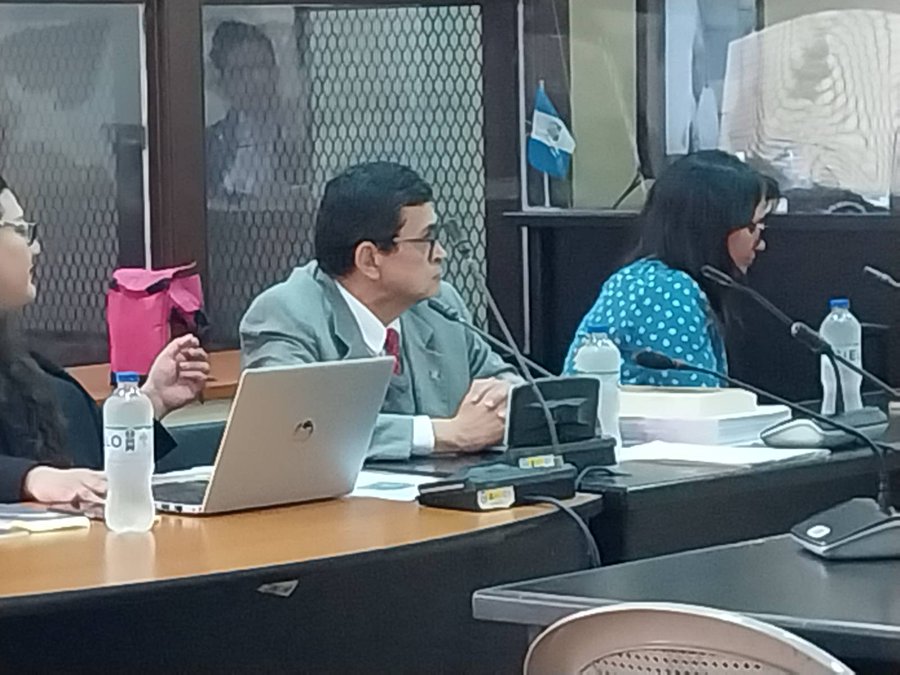
Lucas García’s defense with the incorporarion of the military expert Juan Jose Recinos. Picture: Verdad y Justicia

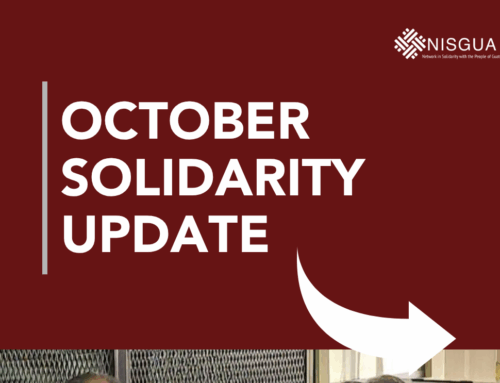
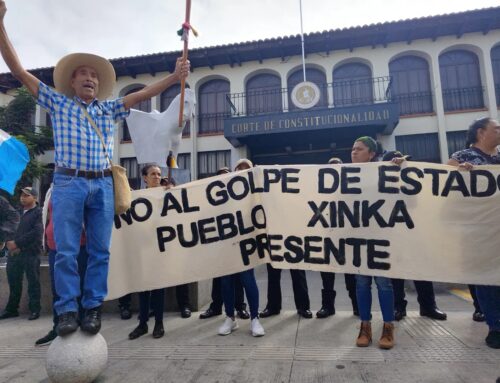
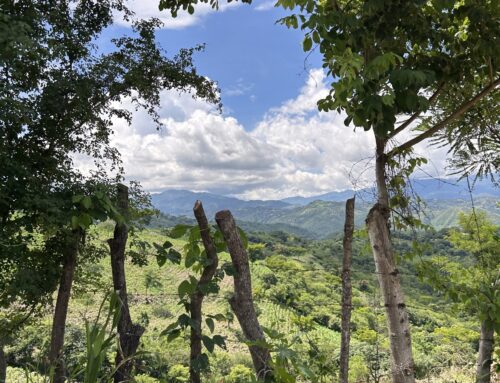
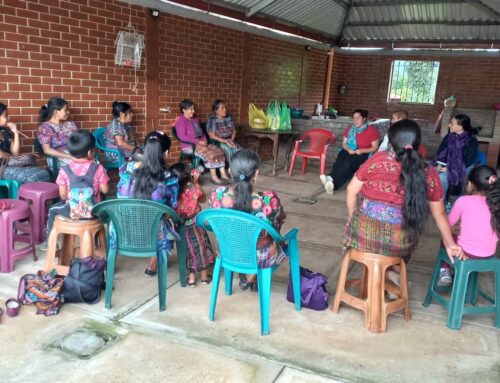
Leave A Comment